Childhood leukemia is rare, but it’s the second-biggest killer of children, after accidents. It’s increasing in incidence by 0.9% every year.
“We still don’t know what causes childhood leukemia,” says Efrat Amitay, PhD of the University of Haifa’s School of Public Health in Israel. “There have been all kinds of hypotheses about it, and one of the things that emerged in the research is breastfeeding.”
In their new investigation published Monday in JAMA Pediatrics, Amitay and a colleague analyzed 18 studies on the topic of breastfeeding and childhood leukemia, the most common type of childhood cancer. The number of childhood leukemia cases in the papers exceeded 10,000, with more than 17,000 controls. They found that breastfeeding a child for six months or longer was associated with a 19% lower risk for childhood leukemia, compared to children who had been breastfed for less time or not at all. Another of their analyses revealed that children who are ever breastfed, compared to those who were never breastfed, had an 11% lower risk for childhood leukemia.
For a food source so widely accessible to infants, science knows surprisingly little about how breast milk actually works, Amitay says. “There’s still a lot to learn about the biology of it,” she says. But evidence continues to mount that breast milk is a live substance full of immune-promoting and anti-inflammatory compounds, helping develop the immune system and a healthy microbiome, the study says. Baby formula, on the other hand, also seems to change gut microbes, but not for the better: research shows that breast-fed babies have more natural-killer cells—a type of immune cell that targets and destroys cancer cells—than children fed with formula.
Newer still are the animal studies finding that breast milk contains stem cells that may be similar to embryonic stem cells, meaning they can change inside an infant’s body and perform where they’re needed, Amitay says.
“When you talk about breast milk, it’s more accessible and less controversial than embryonic stem cells,” she says. “It’s still all very, very at the beginning, but I think it’s very exciting, too.”
See the Funniest and Weirdest Baby Photos

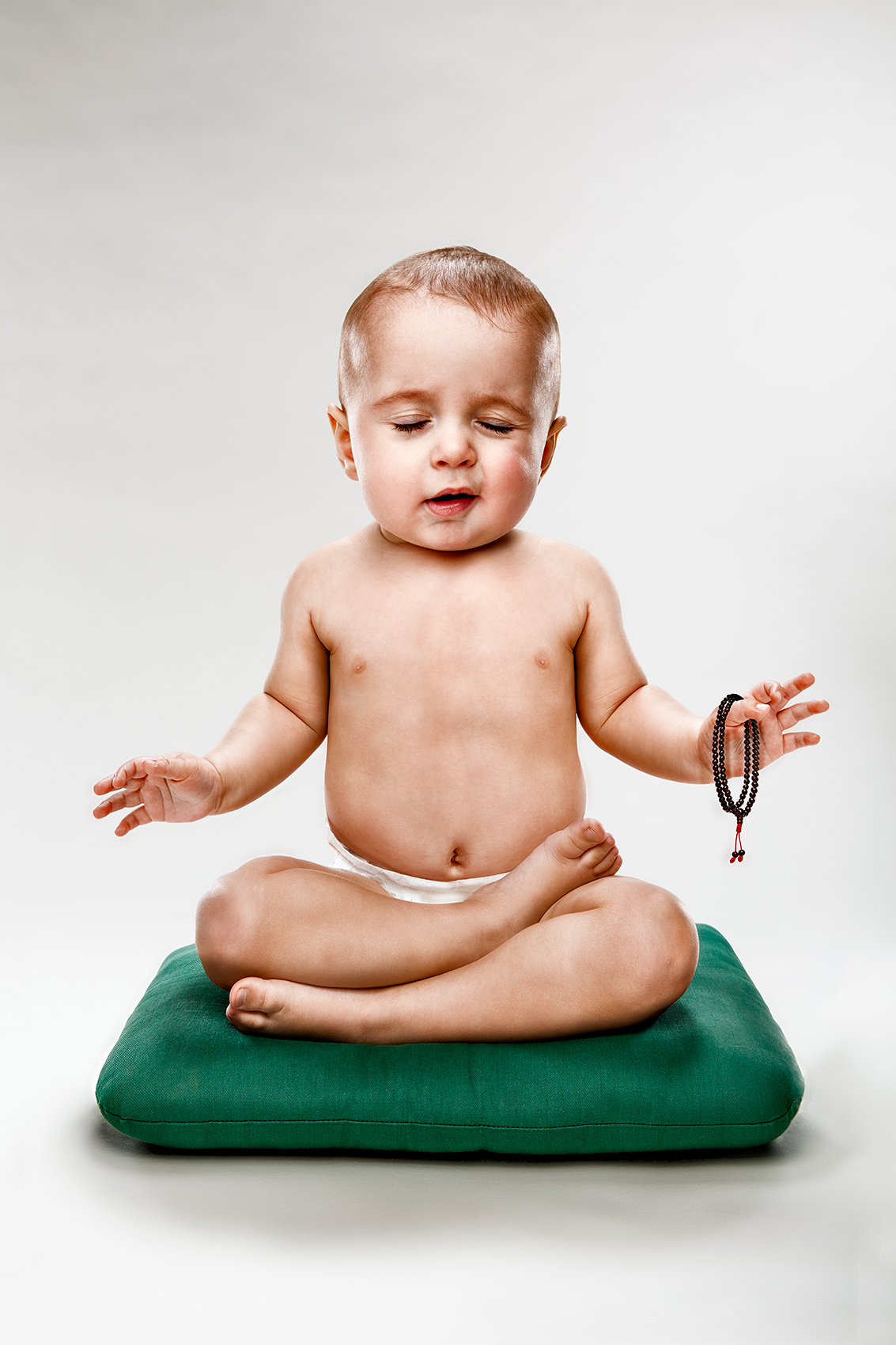
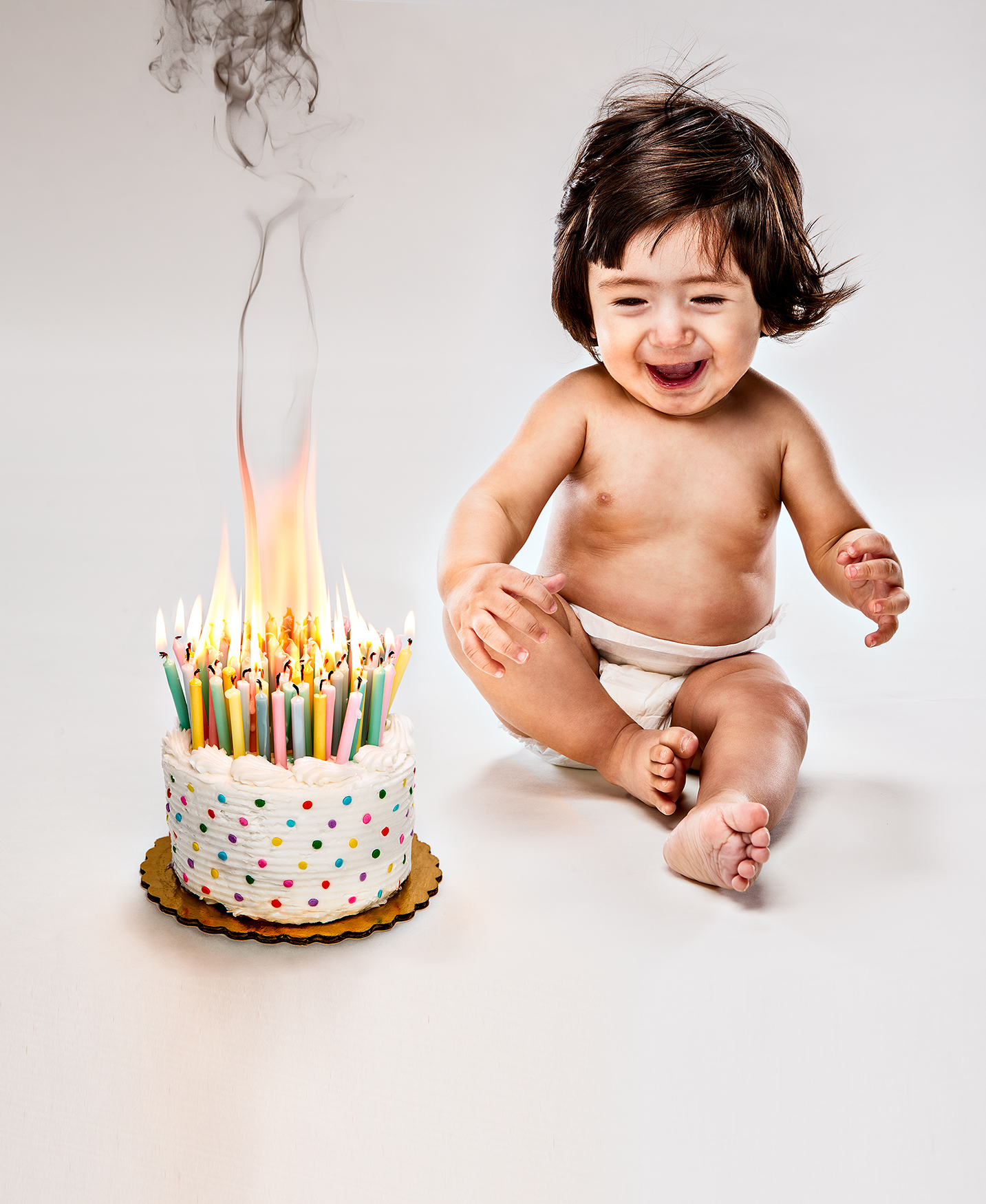
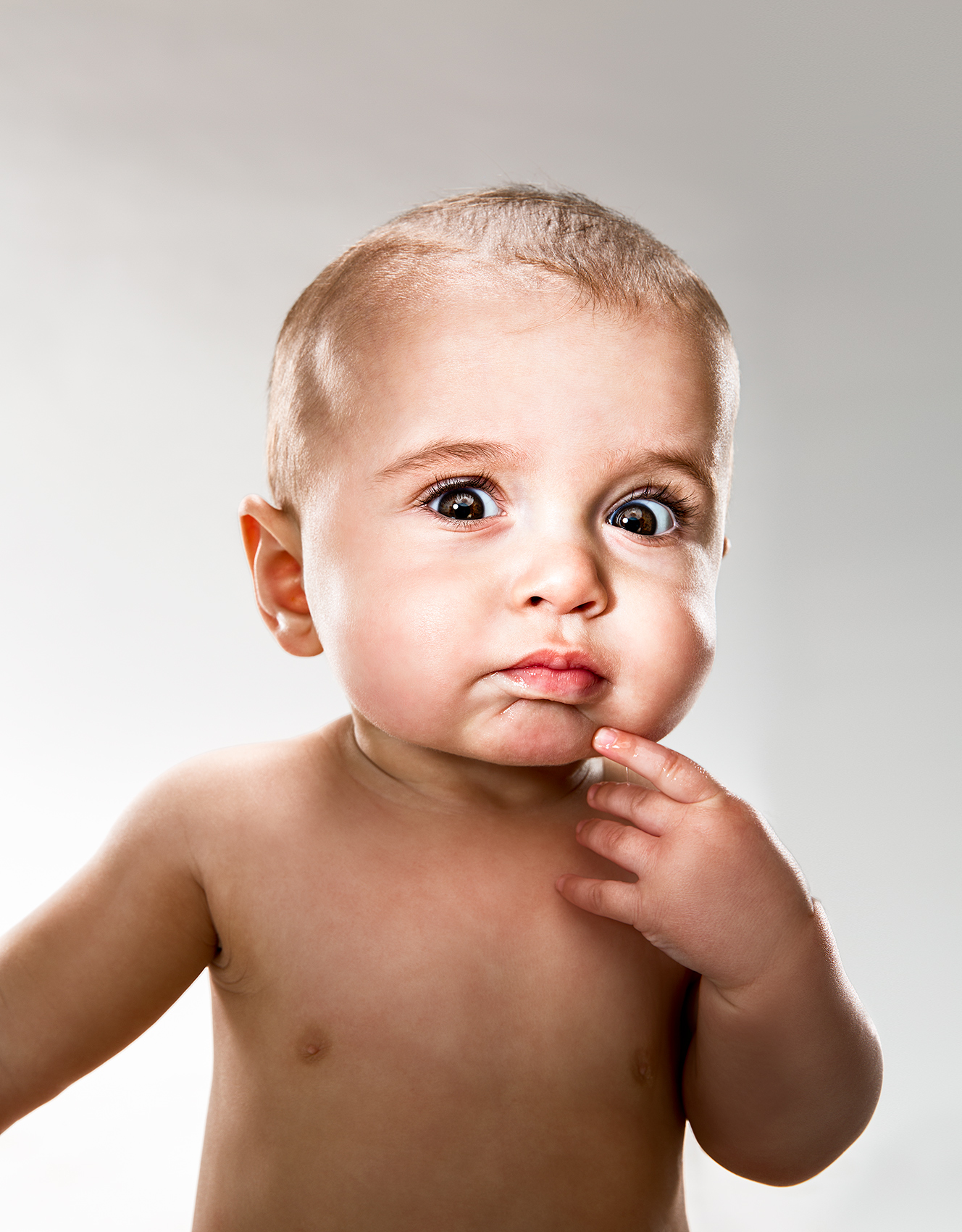
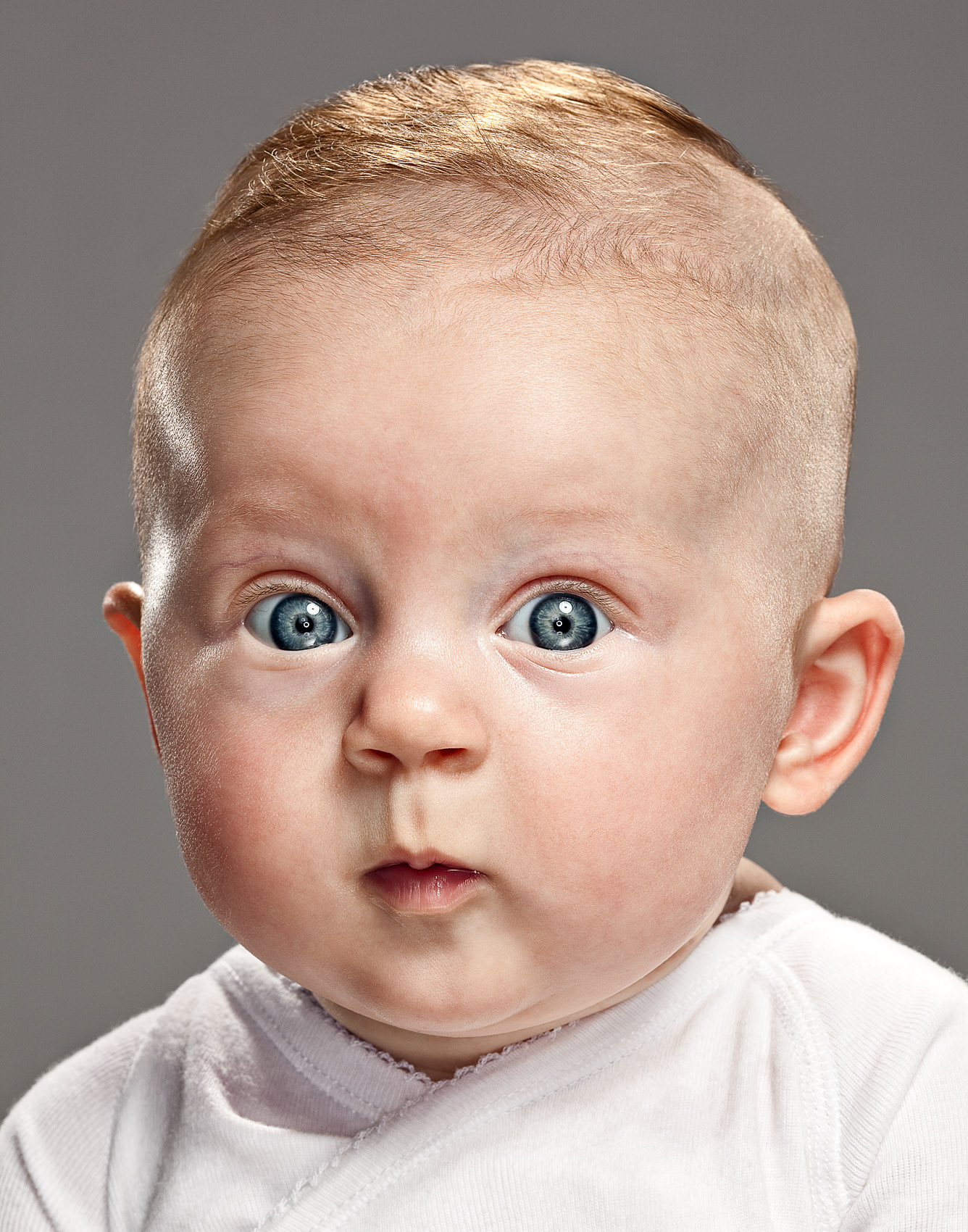
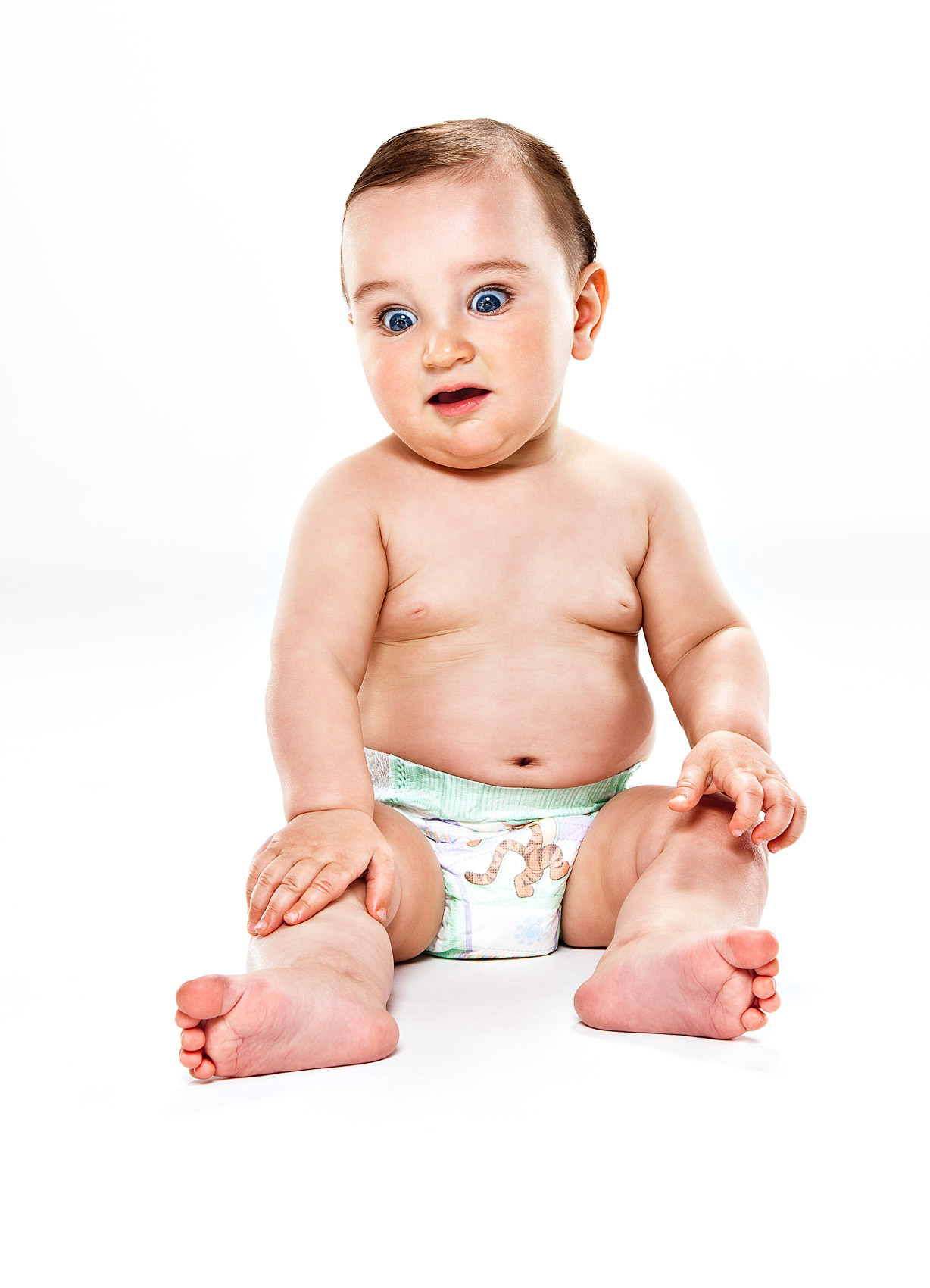
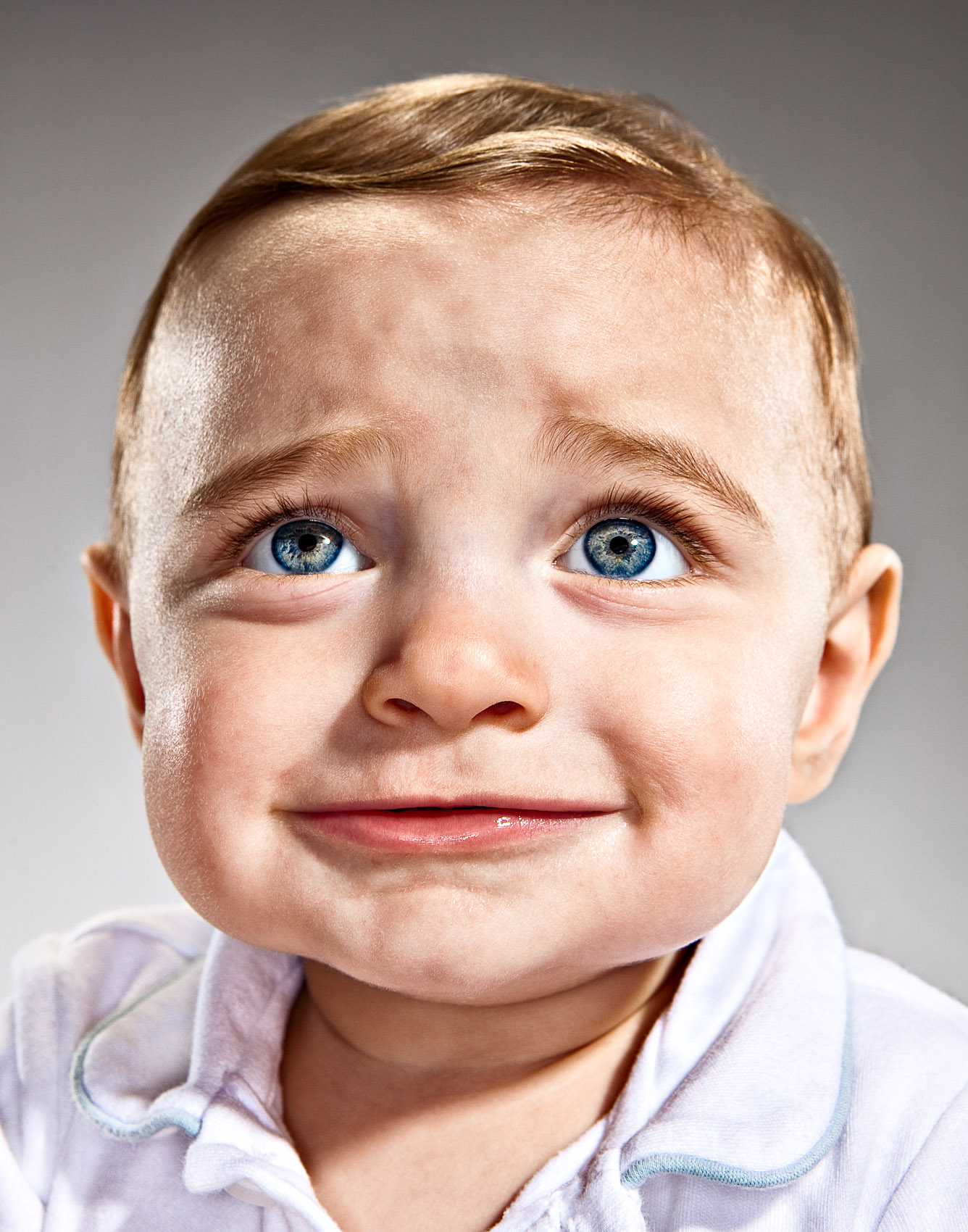
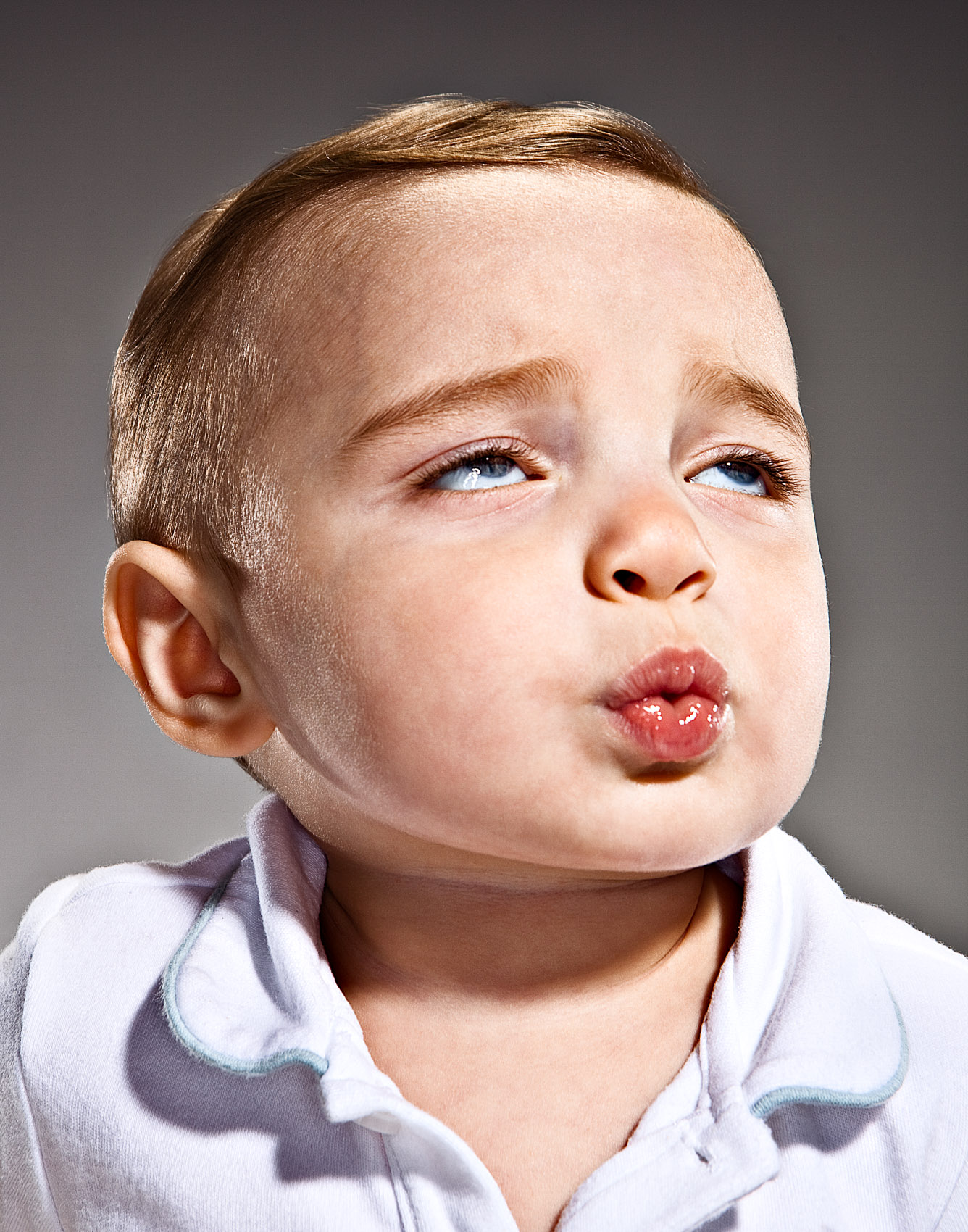
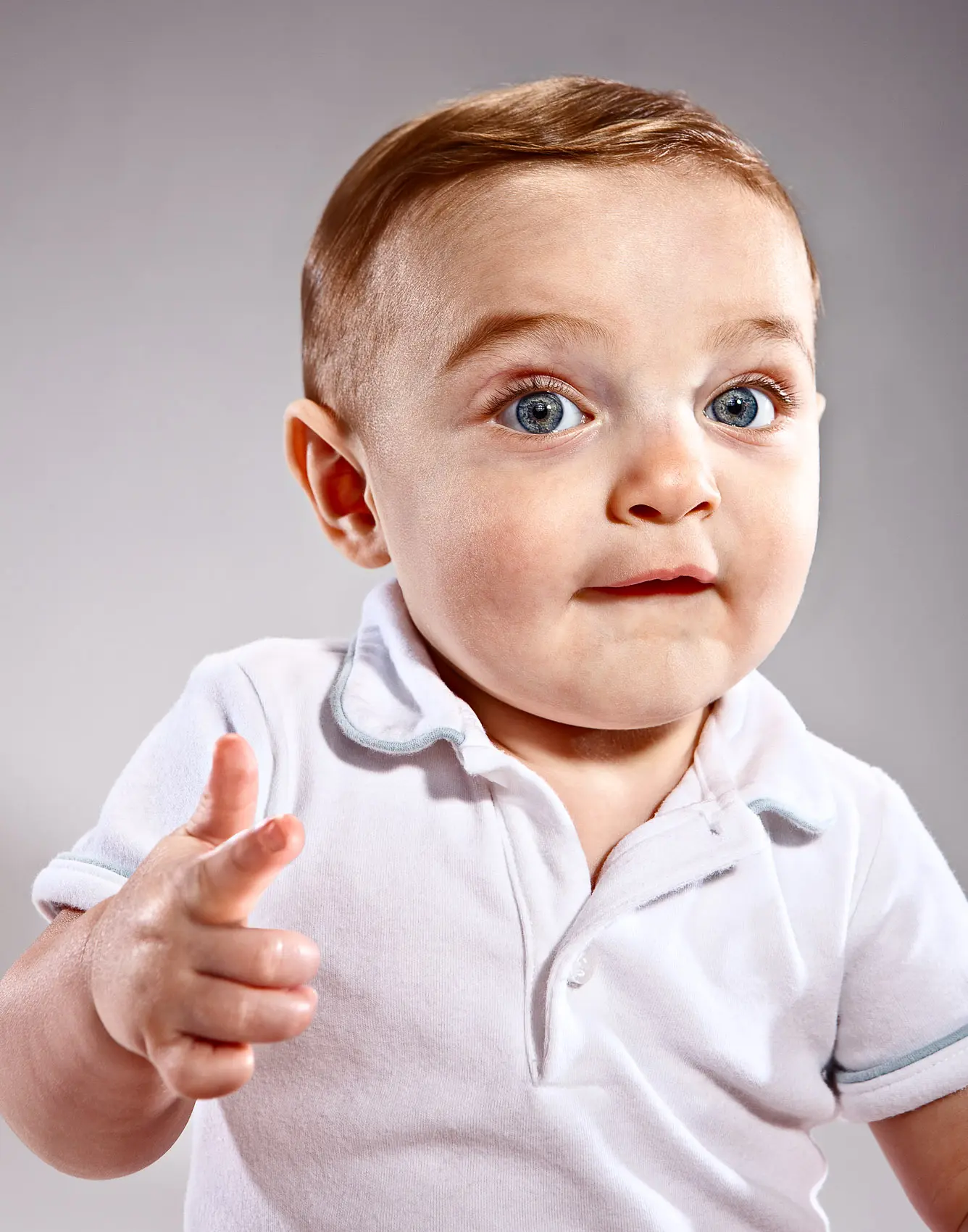
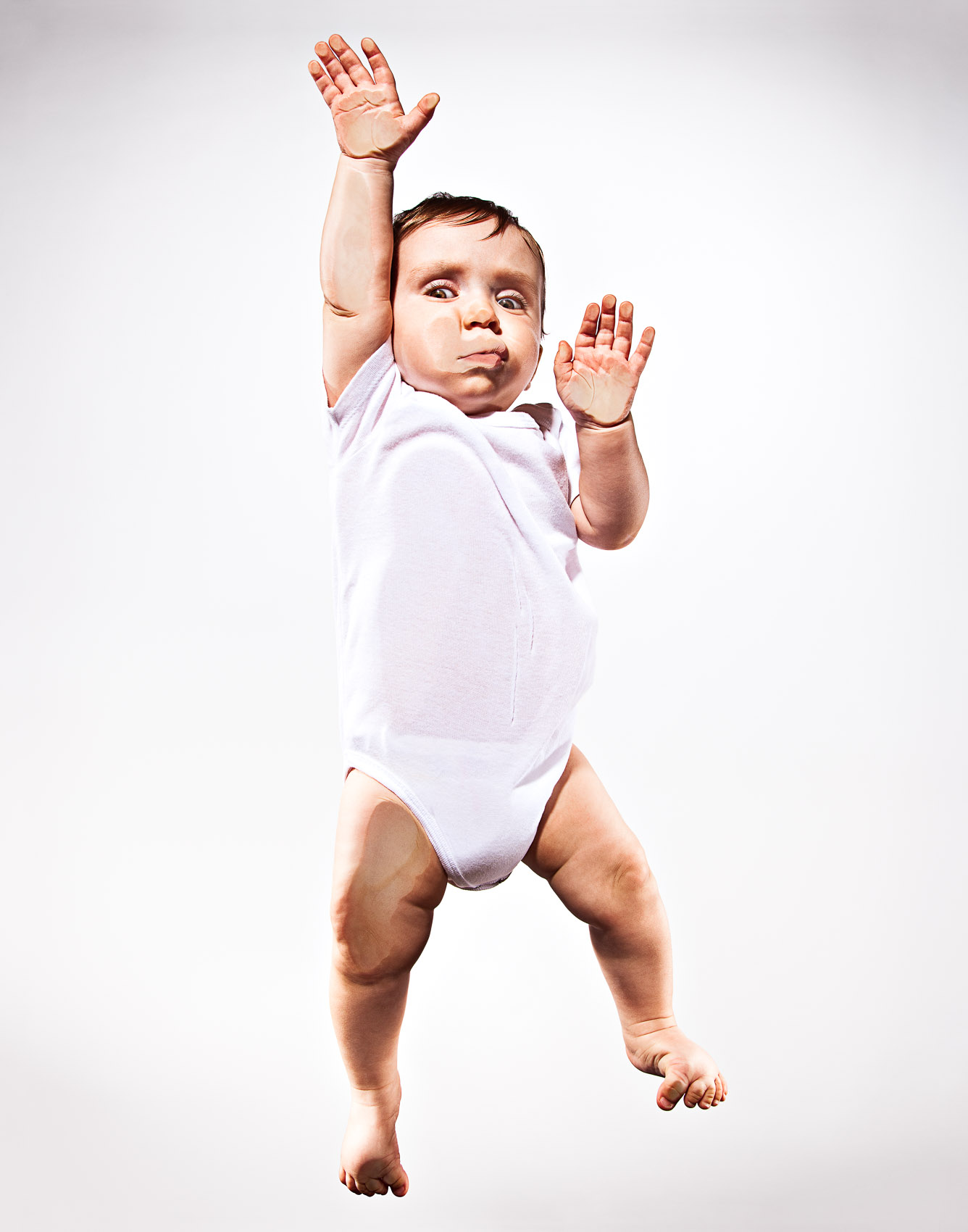
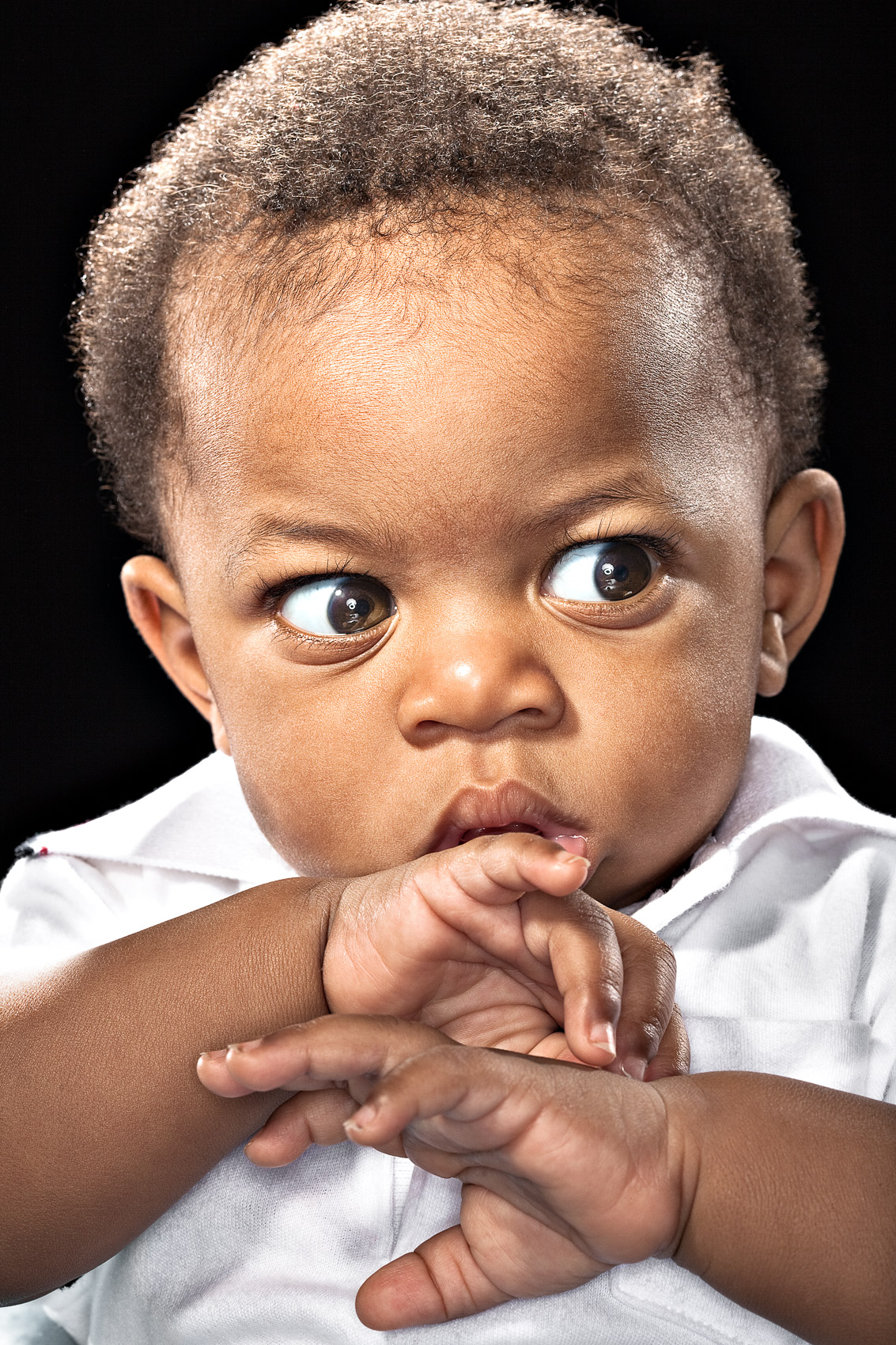
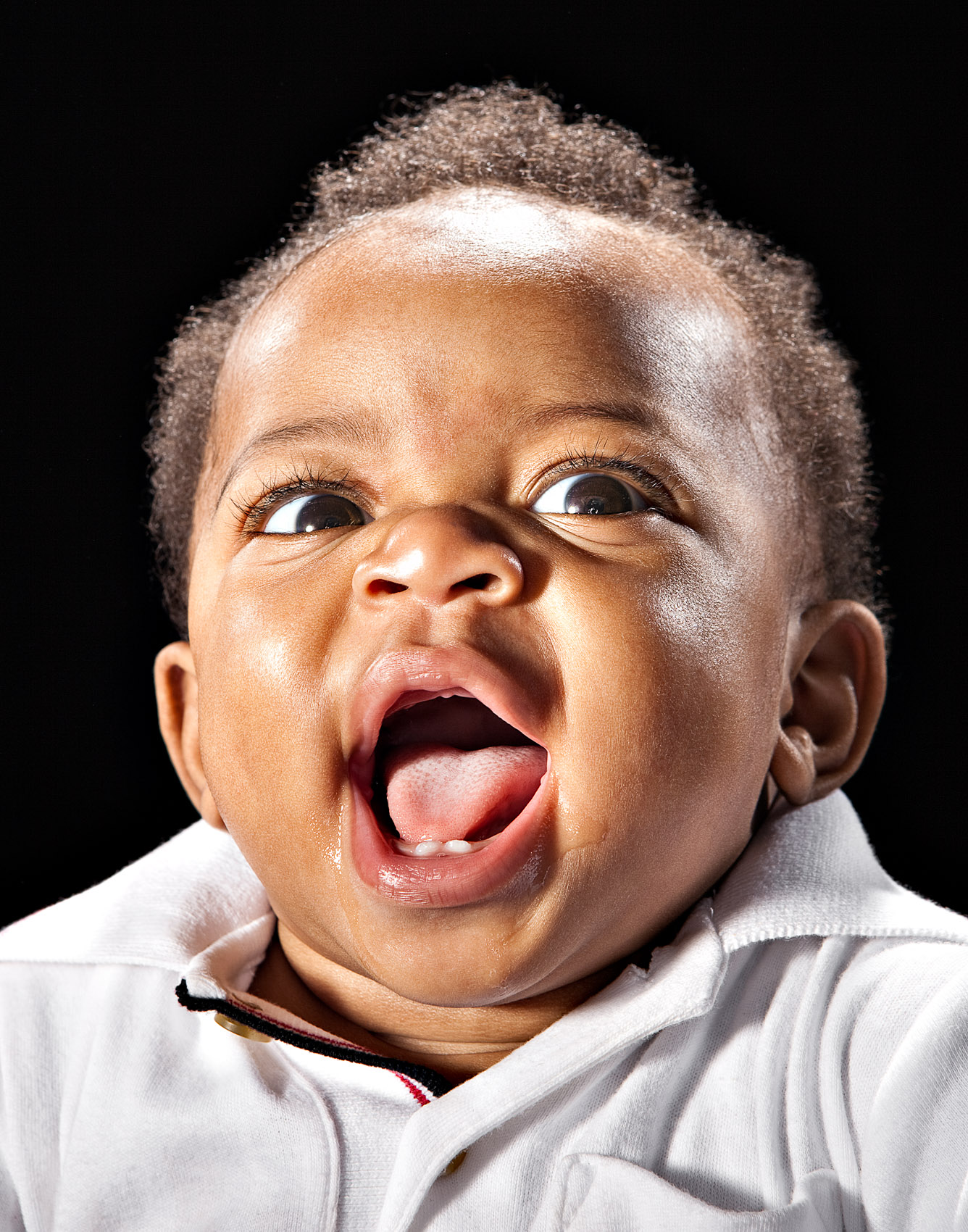
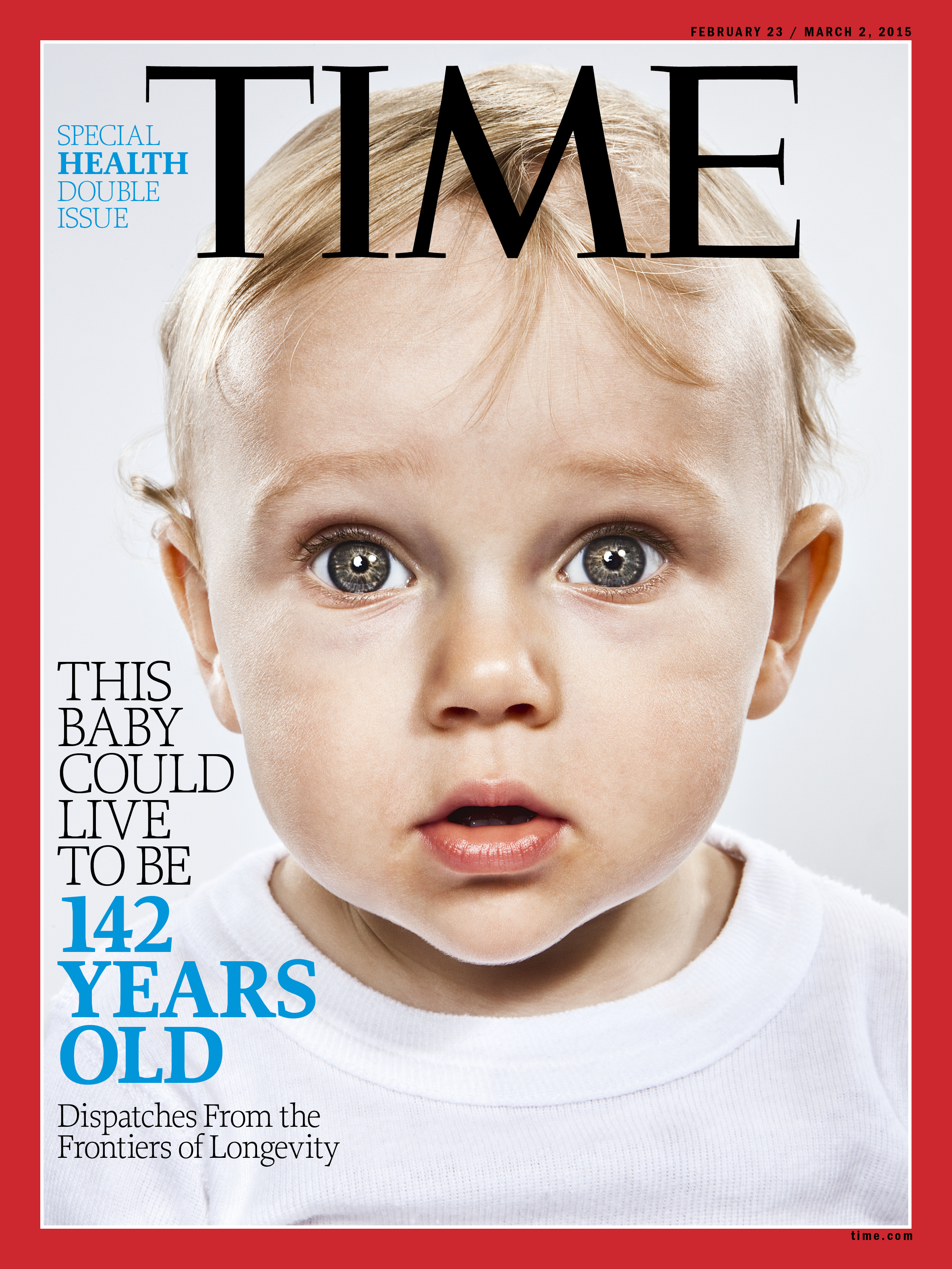
More Must-Reads from TIME
- How Donald Trump Won
- The Best Inventions of 2024
- Why Sleep Is the Key to Living Longer
- Robert Zemeckis Just Wants to Move You
- How to Break 8 Toxic Communication Habits
- Nicola Coughlan Bet on Herself—And Won
- Why Vinegar Is So Good for You
- Meet TIME's Newest Class of Next Generation Leaders
Write to Mandy Oaklander at mandy.oaklander@time.com